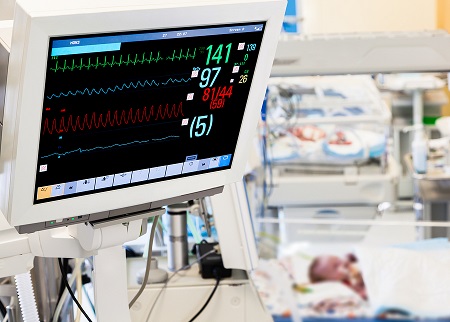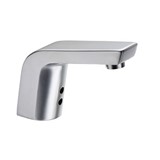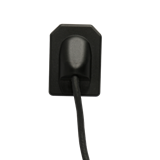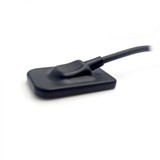Tens of thousands of newborns every year are in need of some form of resuscitation. Delay with resuscitation can increase the chance a baby may develop brain damage or die.
The best measure of the need for resuscitation and its effectiveness is by assessment of the newborn's heart rate. The assessment is traditionally performed every 30 seconds with a stethoscope during the resuscitation process. This, however, is subject to human error, which can delay the procedure and may fail to detect sudden problems.
Continual resuscitation
A sensor, called the HeartLight, will allow doctors and midwives to continue resuscitating the baby without the need for frequent pauses to check the heart rate – thus ensuring smoother and quicker resuscitation and reducing the risk of long-term damage.
The technology was developed by a team of engineers and neonatologists from the University of Nottingham.
HeartLight uses a small optical sensor which is placed on the baby's head and shines a special coloured light onto the skin tissue, where a sensor is able to detect each time a pulse occurs.
The sensor was first tested in stable newborns who didn't need resuscitation. It was then used during the resuscitation of two groups of babies – some born at full term by planned caesarean section; and other babies who were born very prematurely.
The development of HeartLight is the result of a two-year project enabling researchers to evaluate use of the sensor in more than 90 babies. More funding means the university will be able to increase the number of babies recruited in the study to over 200.





